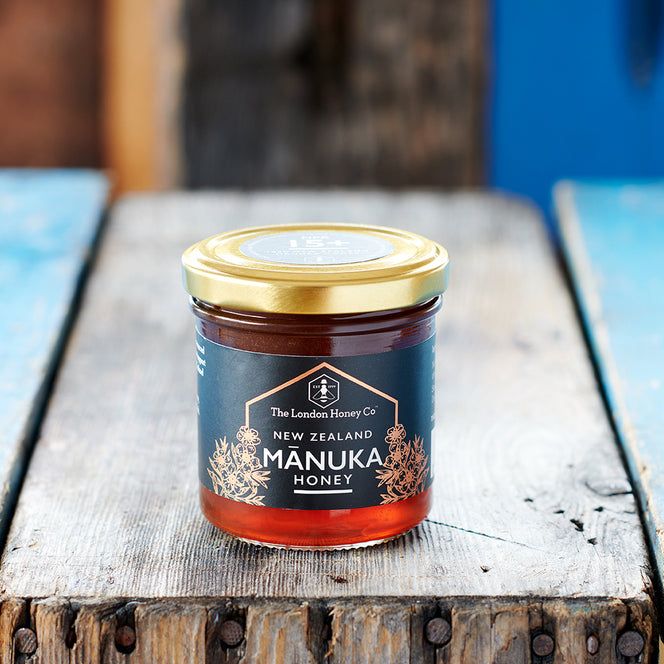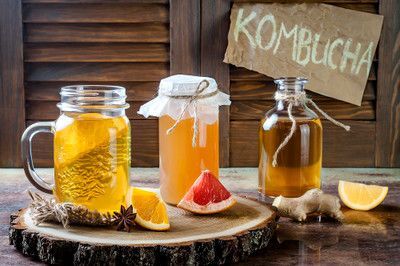MANUKA honey has been used as a tropical wound treatment for centuries. It is held in high regard in the health world because it is made from unique bees who are very picky when it comes to plants.
These particular bees feed from the manuka tree, which is indigenous to New Zealand and Australia. Honey has within it chemicals (hydrogen peroxide, polyphenols and bee-defensin-1) that can protect against pathogens and bad bacteria – and this is particularly the case with manuka honey.
The chemicals within honey have led to the development of medical-grade honey which is used in clinical settings in the treatment of surface wounds and burns to prevent infection in wound beds and accelerate skin healing. The chemicals can also reduce scarring on the skin. This has provided a promising future for wound and burn treatment.
There is a thing called anti-microbial resistance, where germs and bacteria develop the ability to defeat the medicines designed to kill them. But honey is anti-microbial, meaning it can protect against pathogens. Identifying alternative treatments to commonly used medicines is more important than ever due to anti-microbial resistance.
Manuka honey is a very interesting one as a natural anti-biotic and could be an important strategy to fight against bacterial infections in the human body in the future. But more research is needed within a medical setting, especially with regards to protection against e-coli and other infections which can cause serious illness and death. But for now, it is effective for wound and burn treatment and preventing growth of bacteria that is found in wound beds.
Lee McCusker (BA; MSc; MSc; MSc; ANutr; SENr) is a registered nutritionist from Belfast and can be found on Facebook, Instagram and Twitter. Email: attentive nutrition@gmail.com








